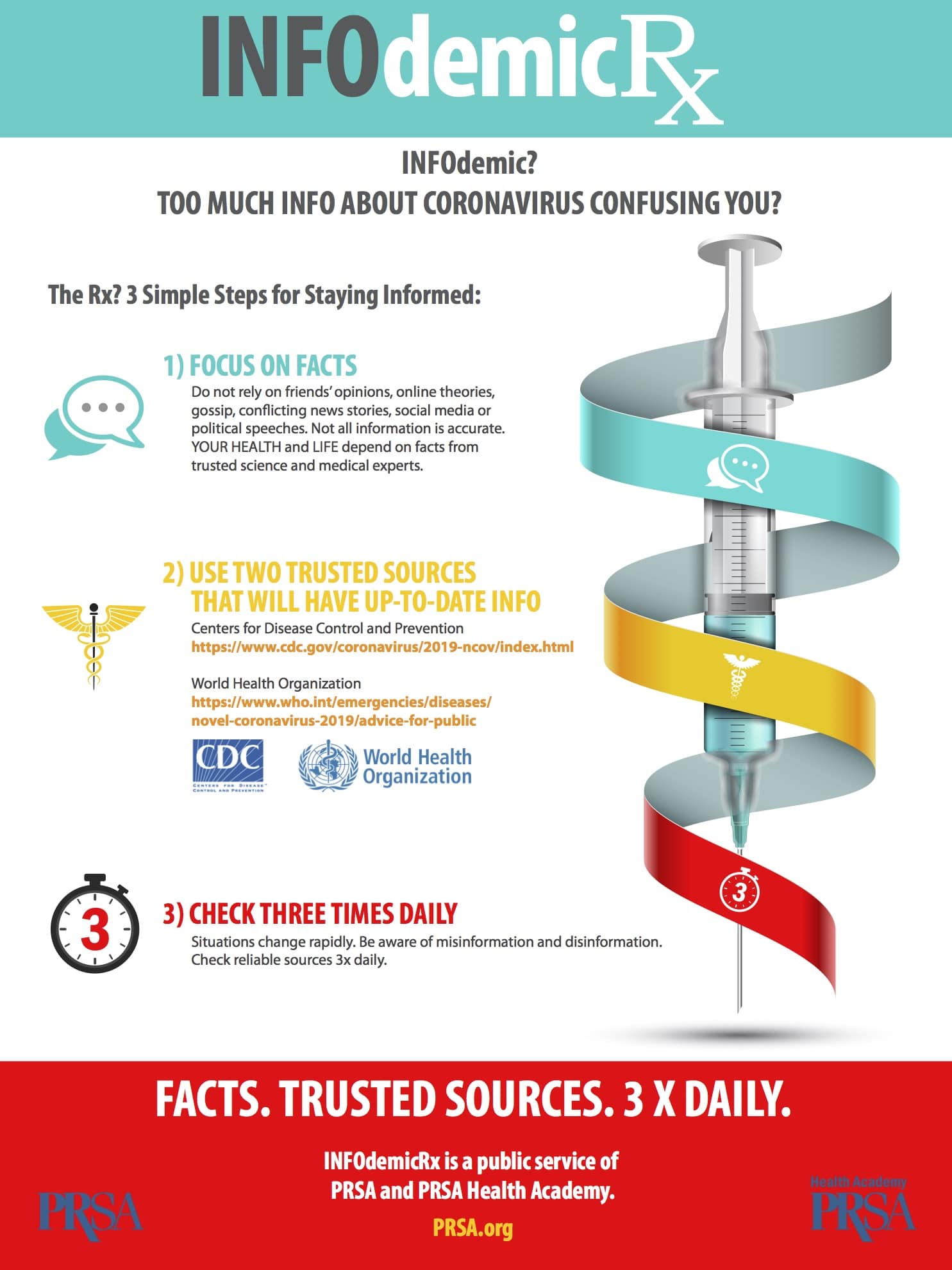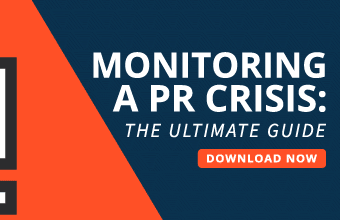As you’ve seen, we’ve been featuring editorial from a variety of industry sources, and will be offering much more in the coming days and weeks about the coronavirus crisis, but we’re especially pleased to provide these comments from T. Garland Stansell, the newly elected Chair of the Public Relations Society of America. As the very foundation of our culture makes huge adjustments to the (hopefully) temporary “new normal,” he offers his insights and leadership here:
Q: What will be the hardest challenges for PR and marketing in developing coronavirus crisis plans for their organizations? Which best practices do you recommend?
A: The hardest challenge right now is the extremely fluid nature of the news cycle, with new advice, statistics, warnings and other information coming in at a rapid pace from many different sources. Our chief job as communicators is to make sure that we strategize, create and deliver messaging that is timely, measured and, above all, accurate. We should also point people to reputable sources to help them get the information they need when they need it, on both national and local levels.
Who are the best spokespersons for this kind of messaging initiative? How important will it be for marketers and PR to work closely with the scientific/medical community? What other types of experts will need to be embraced?
There’s really no one right answer to who the best spokespersons might be. It depends on such things as the type of organization and if protocols have been previously set and enacted for urgent circumstances. Whoever is designated, it is critical that there is consistency in the messaging and voice in which that messaging is delivered. And, yes, reiterating what I mentioned in the first question, we must all work with the scientific/medical community in the sense that they are the professionals we should turn to for up-to-date facts and figures. Other people who should be consulted and heard from can include HR in terms of policy and employee protocol, and facilities management in terms of overall procedures above and beyond what particular organizations are doing.
The White House has been criticized for what media are calling “muzzled messaging” about the coronavirus. What mistakes are being made, and what strategy/revisions would you suggest?
Transparency in messaging and facts from reliable sources are most important. Those should be the guiding principles for the many different government departments and agencies tasked with keeping people safe. The more factual information delivered more balanced decisions can be made, and citizens can be better informed and prepared.
In this case, there’s a fine line between comprehensive messaging and panic-inducing hype. How can marketers walk that line and make sure their messages are accurate? How do you suggest they approach that challenge?
As should be true of all communications strategies, right is better than fast. In today’s social media driven world personal and organizational reputations are constantly on the line. One mistake can have long-lasting consequences. Fact-checking is, or should be, one of our most important tools as we get ready to deliver any message, no matter the situation.
As we communicate to reassure our audiences, although it sounds counterintuitive, we should strive to prepare for the unexpected and the next round of changes. It seems these days the only constant is change.





